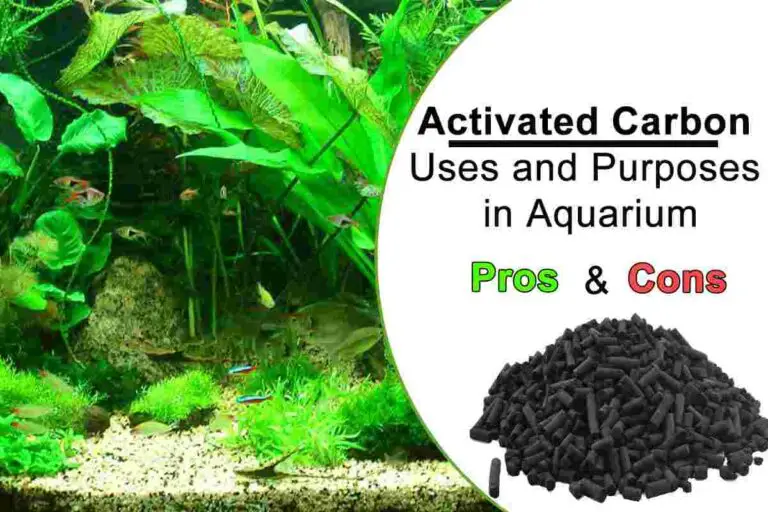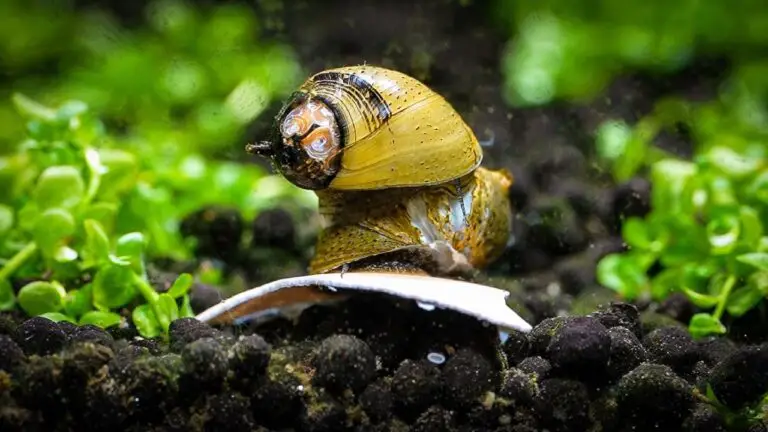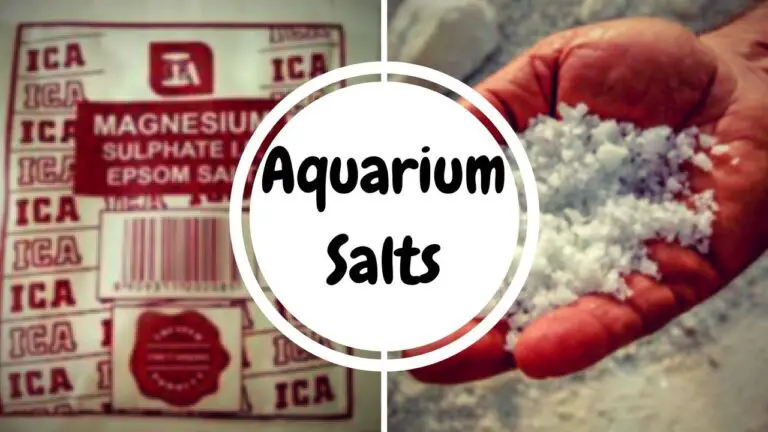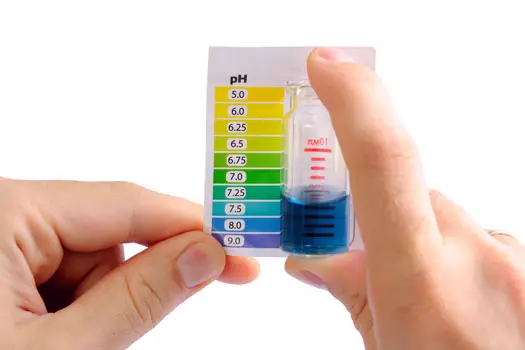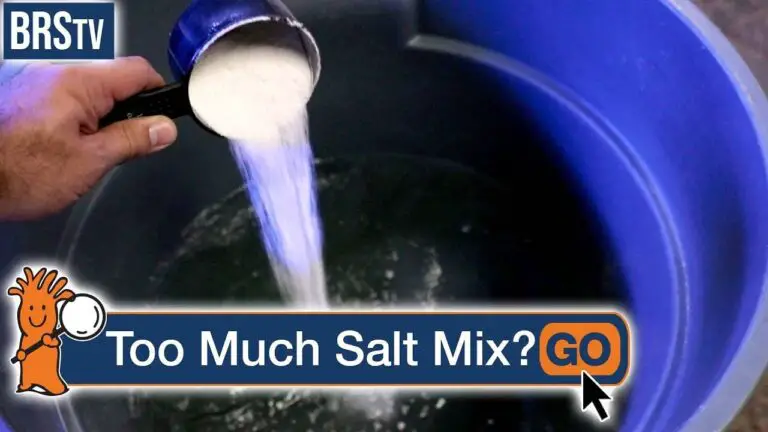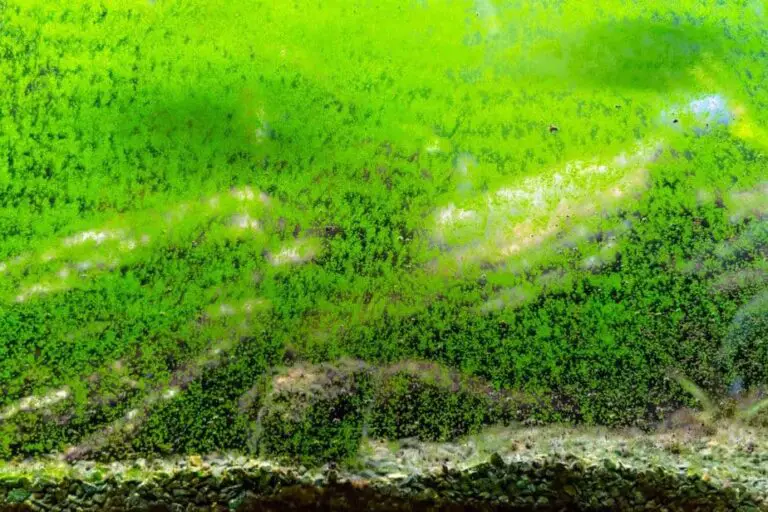Activated Carbon in Aquarium Pros And Cons
Activated carbon is a popular choice for aquarium filtration because it can be used to remove organic material and odors from the water. It also absorbs harmful chemicals, which makes it an effective tool for improving water quality. However, there are some drawbacks to using activated carbon in aquariums. The main con is that it…
